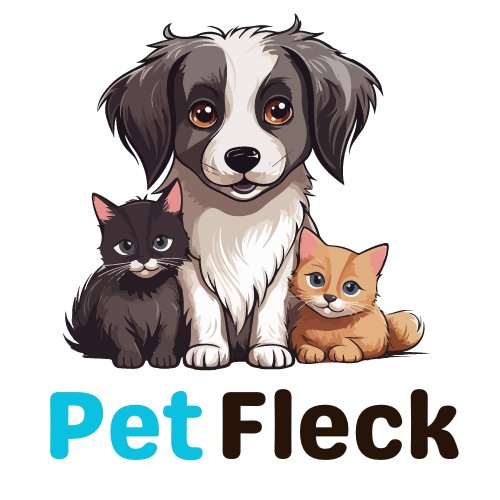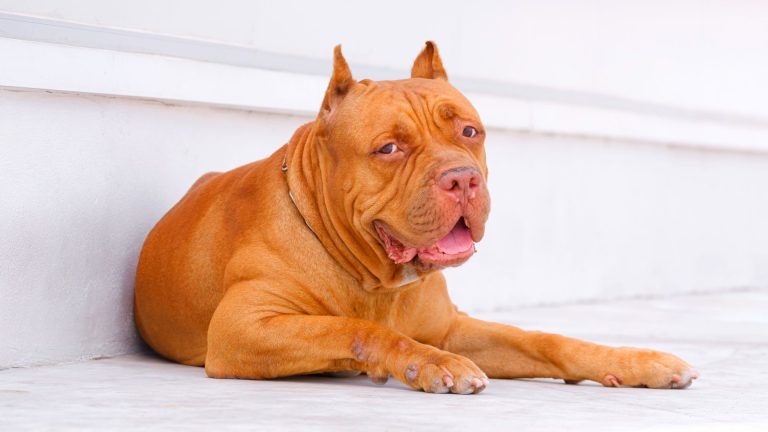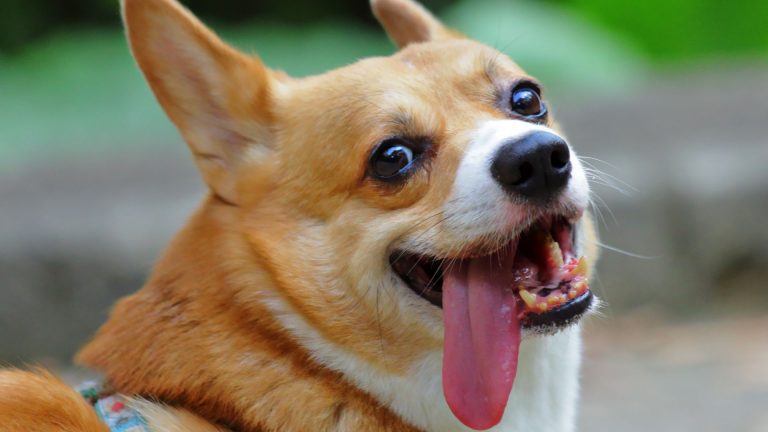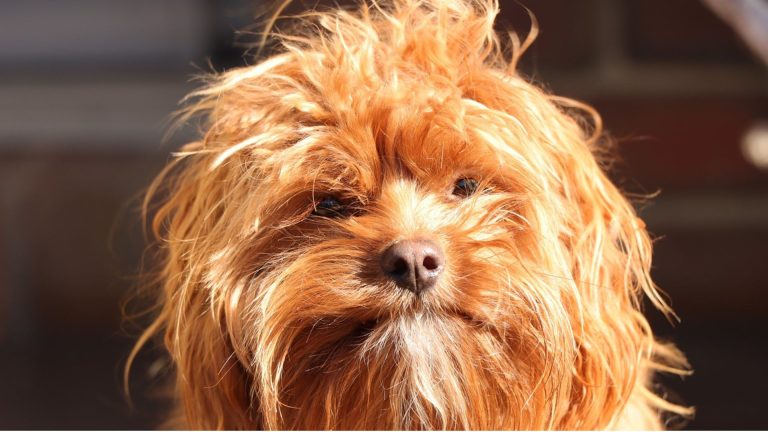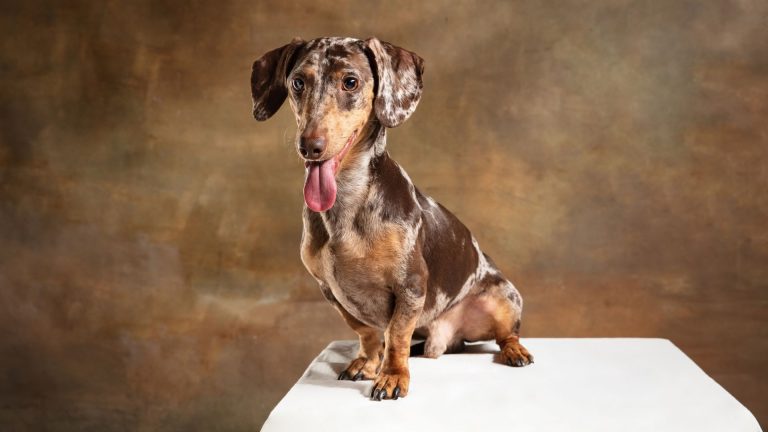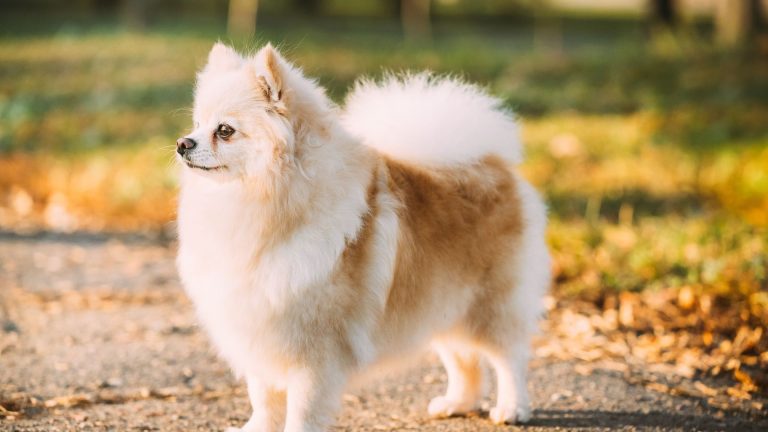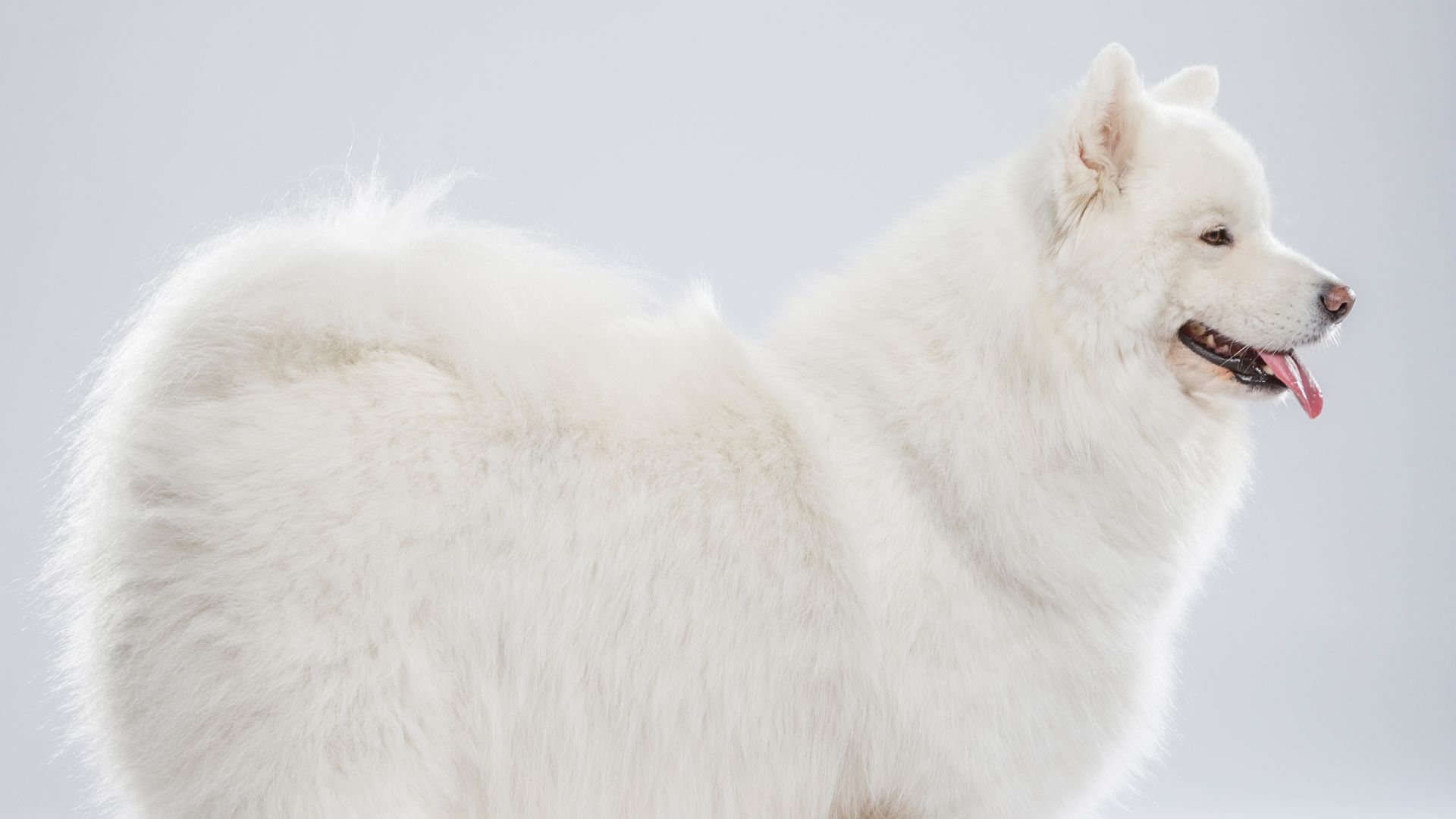
Contents
Choosing the right dog breed is crucial for pet owners. This article focuses on dog breeds that start with K. Knowing different dog breeds helps you select a pet that fits your lifestyle. Each breed has unique traits, behaviors, and care needs.
We’ll explore breeds like Kangal, Keeshond, Kerry Blue Terrier, Komondor, Kuvasz, Kooikerhondje, and Kishu Ken. You’ll learn about their origins, physical characteristics, temperaments, and care requirements. This knowledge ensures a happier, healthier life for your dog.
Let’s dive into the fascinating world of dog breeds that start with K.
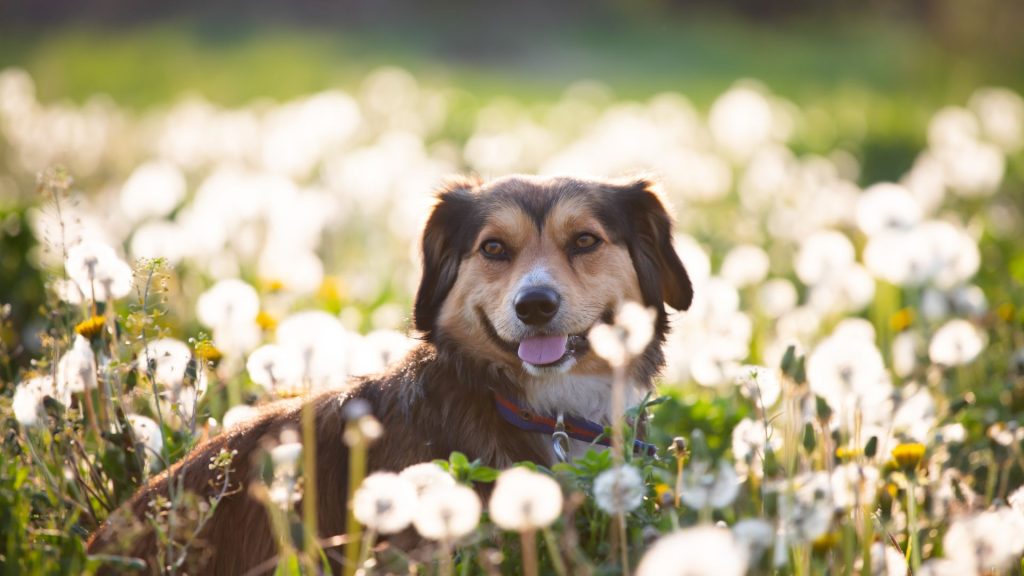
Why Knowing Dog Breeds is Important
Understanding dog breeds is essential for several reasons. First, it helps you choose the right dog. Each breed has distinct characteristics, behaviors, and care needs. Knowing these details ensures you select a breed that fits your lifestyle and preferences.
Benefits of Understanding Dog Breeds
Understanding different dog breeds provides numerous benefits. It helps you predict a dog’s size, energy level, and temperament. This knowledge is crucial in making an informed decision. For example, if you live in an apartment, a smaller, less active breed might be better. If you have a large yard, a more energetic breed could be a good match.
How It Helps in Choosing the Right Dog
Choosing the right dog is easier when you know about different breeds. You can match a breed’s traits with your lifestyle. Active people might prefer a high-energy breed like a Kangal. Those seeking a calm companion might opt for a Keeshond. Understanding breed-specific traits helps ensure a harmonious relationship between you and your pet.
The Role of Breed Characteristics in Pet Care
Breed characteristics play a significant role in pet care. Each breed has unique grooming, exercise, and health needs. For instance, Komondors require regular grooming to maintain their distinctive coats. Kuvasz dogs need plenty of exercise to stay healthy. By understanding these needs, you can provide better care for your dog.
Knowing breed characteristics also helps in training. Some breeds are more trainable than others. Kooikerhondjes are known for their intelligence and trainability. On the other hand, independent breeds like the Kishu Ken might require more patience during training.
Understanding dog breeds is vital. It helps you choose the right dog, provides insight into their care needs, and ensures a happy, healthy relationship with your pet. Whether you’re a first-time owner or an experienced one, knowing breed characteristics will always be beneficial.
Overview of Dog Breeds Starting with K
Dog breeds that start with the letter K are unique and diverse. This section provides a brief overview of these breeds. The letter K might not be the most common starting letter for dog breeds, but it includes some fascinating and distinct types.
Brief Introduction to the Letter K in Dog Breeds
Breeds beginning with K come from various parts of the world. They range from large, powerful dogs to small, agile companions. These breeds have been developed for various purposes, including guarding, herding, and companionship. Each breed carries a rich history and specific traits that make them stand out.
General Characteristics of K Dog Breeds
Dog breeds starting with K have diverse characteristics. However, many share common traits such as loyalty, intelligence, and strong protective instincts. For instance, the Kangal is known for its guarding abilities and loyalty. Keeshonds are recognized for their friendly nature and thick, beautiful coats.
These breeds also vary in size and appearance. The Komondor, with its distinctive corded coat, differs significantly from the sleek and agile Kishu Ken. Despite these differences, K breeds often exhibit high intelligence and adaptability, making them excellent companions and working dogs.
K breeds also have specific care needs. Some, like the Kuvasz, require extensive exercise and mental stimulation. Others, like the Kooikerhondje, need regular grooming and social interaction. Understanding these needs is crucial for providing proper care.
In summary, dog breeds that start with K offer a rich variety of traits and characteristics. Whether you’re looking for a loyal guardian or a friendly family pet, K breeds have much to offer. This article will delve deeper into each breed, providing detailed insights into their unique qualities and care requirements.
Detailed List of Dog Breeds Starting with K
Dog breeds starting with K offer a fascinating array of characteristics and histories. Each breed has unique traits that make them stand out in the canine world.
Kangal
The Kangal originates from Turkey, where it has been bred for centuries as a livestock guardian. This breed is deeply rooted in Turkish culture and is known for its ability to protect flocks from predators like wolves and bears.
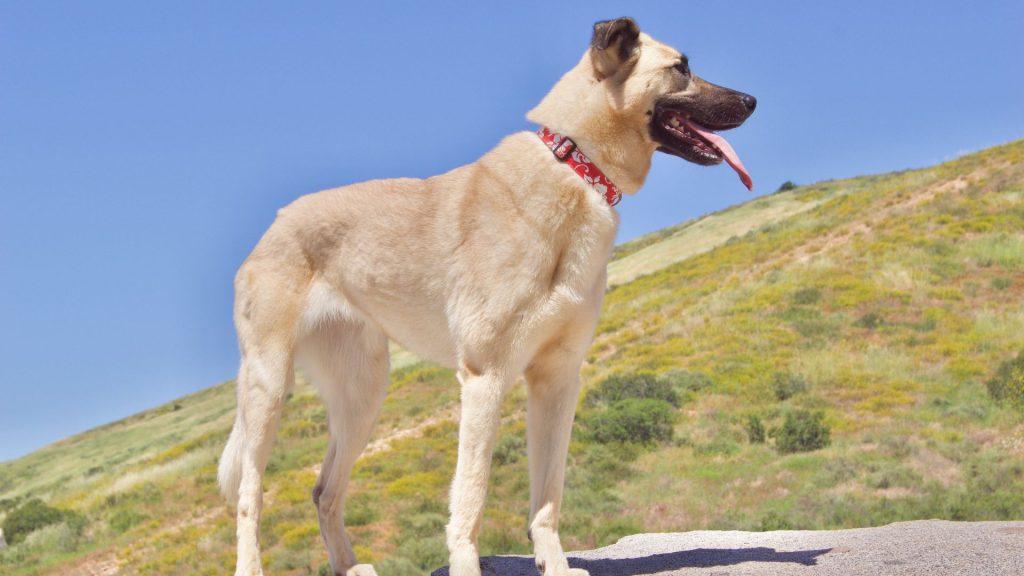
Physical Characteristics
Kangals are large and powerful dogs, typically weighing between 90 to 145 pounds. They have a sturdy build, with a broad head and strong jaws. Their coat is short, dense, and usually light tan with a black mask.
Temperament and Behavior
Kangals are known for their loyalty and protective instincts. They are calm and gentle with their families but can be reserved and cautious with strangers. This breed is highly intelligent and independent, making them excellent guardians.
Care and Training Needs
Kangals require regular exercise to stay healthy and happy. They thrive in environments where they have space to roam and work. Training should be consistent and firm, as they can be quite independent. Regular grooming is needed to keep their coat in good condition, and they should be socialized from an early age to ensure they are well-rounded pets.
Keeshond
The Keeshond has its origins in the Netherlands, where it was historically known as the “Dutch Barge Dog.” This breed served as a watchdog on riverboats and farms. The Keeshond became a symbol of the Dutch Patriot political party in the 18th century.
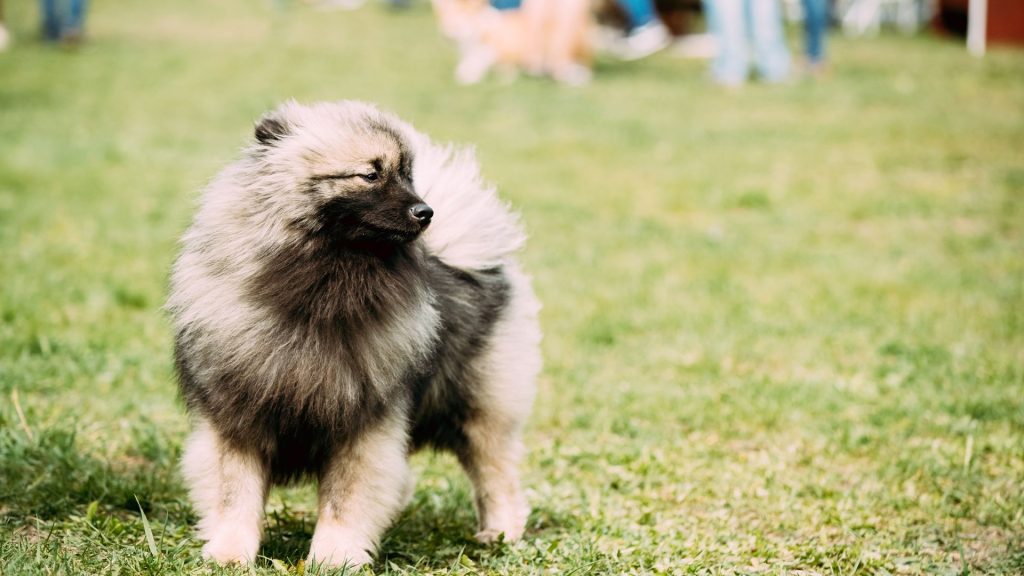
Physical Characteristics
Keeshonds are medium-sized dogs, weighing between 35 to 45 pounds. They have a distinctive fox-like expression, thanks to their almond-shaped eyes and pointed ears. Their thick double coat is plush and stands out, with colors ranging from a mix of grey, black, and cream.
Temperament and Behavior
Keeshonds are known for their friendly and affectionate nature. They are highly social and thrive on human companionship. This breed is good with children and other pets, making them excellent family dogs. They are also alert and make good watchdogs without being overly aggressive.
Care and Training Needs
Keeshonds require regular grooming to maintain their dense coat, including weekly brushing to prevent matting. They need moderate exercise, such as daily walks and playtime, to stay healthy. Training should be positive and consistent, as they respond well to praise and rewards. Starting socialization at a young age helps ensure they become well-adjusted and happy companions.
Kerry Blue Terrier
The Kerry Blue Terrier originates from County Kerry in Ireland. Initially bred for hunting and herding, this versatile breed has also been used for guarding and companionship. Its history dates back to the 18th century, and it has since become a beloved family pet and show dog.
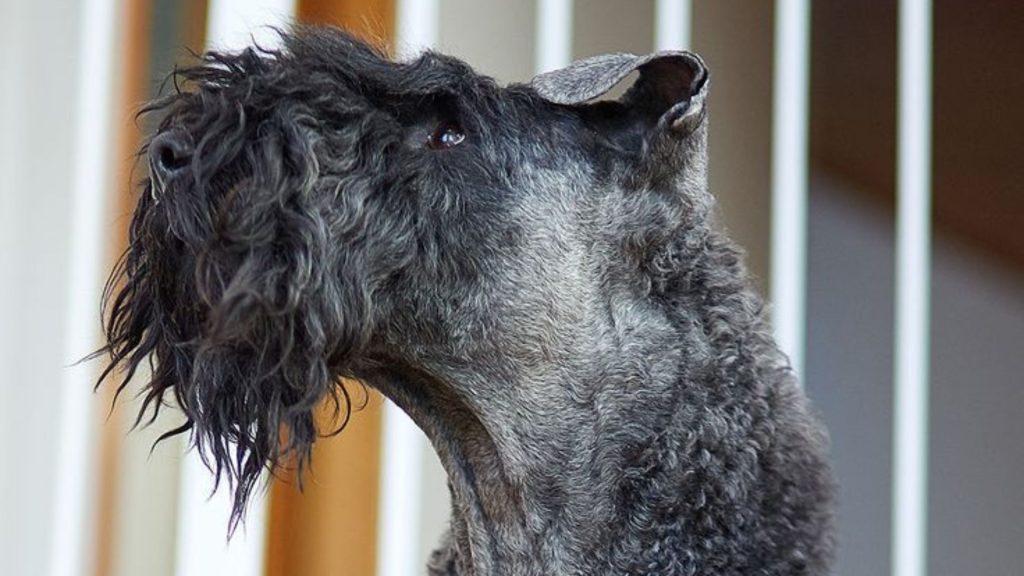
Physical Characteristics
Kerry Blue Terriers typically weigh between 33 to 40 pounds. They have a muscular build with a distinctive wavy, blue-grey coat that is soft to the touch. Their heads are long, with a pronounced beard and bushy eyebrows, giving them a unique and striking appearance.
Temperament and Behavior
People know Kerry Blue Terriers for their spirited and playful nature. They are intelligent and full of energy, making them excellent companions for active families. These dogs are also loyal and protective, often forming strong bonds with their owners. They can be independent but are generally friendly and social with proper training and socialization.
Care and Training Needs
Kerry Blue Terriers require regular grooming to maintain their curly coat, including frequent brushing and professional trimming. They need plenty of physical exercise and mental stimulation to keep them happy and healthy. Training should be consistent and positive, as they respond well to praise and rewards. Early socialization is crucial to ensure they develop good manners and adapt well to different environments and situations.
Komondor
The Komondor, also known as the Hungarian Sheepdog, originates from Hungary. This ancient breed has been used for centuries to guard livestock, particularly sheep, from predators. The breed’s unique coat helps it blend in with the flock, providing effective camouflage against wolves and other threats.
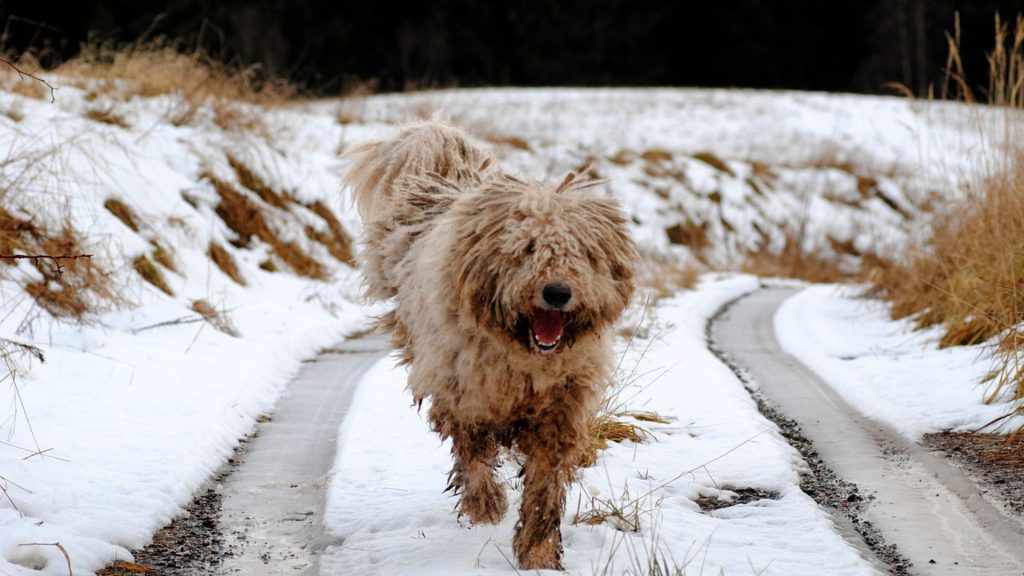
Physical Characteristics
Komondors are large, muscular dogs, typically weighing between 80 to 100 pounds. They are most notable for their distinctive corded coat, which resembles long dreadlocks. This coat is white and serves as excellent protection against harsh weather and predators. The cords form naturally as the dog matures and require specific grooming to maintain.
Temperament and Behavior
Komondors are known for their loyal and protective nature. They are devoted to their families and can be wary of strangers, making them excellent guard dogs. While generally calm and reserved, they can be quite playful and affectionate with those they trust. Their independence and strong guarding instincts are prominent traits.
Care and Training Needs
Komondors require regular grooming to maintain their unique coat. The cords need to be separated regularly to prevent matting and to ensure the dog stays clean. These dogs need plenty of exercise and enjoy having a job to do, whether it’s guarding or engaging in active play. Training should be firm, consistent, and positive to manage their independent nature. Early socialization is important to ensure they become well-adjusted and balanced pets.
Kuvasz
The Kuvasz is an ancient breed originating from Hungary. Historically, it has been used as a livestock guardian, protecting flocks from predators. The breed’s roots can be traced back to the Middle Ages, where it was highly valued by Hungarian nobility for its protective instincts and loyalty.

Physical Characteristics
Kuvasz dogs are large and powerful, typically weighing between 70 to 115 pounds. They have a robust, muscular build with a dense, double coat that is white. This coat provides excellent protection against harsh weather and is relatively easy to maintain. Their almond-shaped eyes and well-proportioned body give them a majestic appearance.
Temperament and Behavior
Kuvasz dogs are known for their loyalty and protective nature. They are devoted to their families and can be wary of strangers, making them excellent guard dogs. Despite their protective instincts, they are gentle and affectionate with their loved ones. They are also highly intelligent and independent, which can sometimes make training a challenge.
Care and Training Needs
Kuvasz dogs require regular grooming to keep their coat clean and healthy. They need a lot of exercise and enjoy activities that allow them to use their natural guarding instincts. Training should be consistent, firm, and positive to manage their independent nature. Early socialization is crucial to ensure they are well-adjusted and comfortable in various situations. Due to their protective instincts, it’s important to expose them to different people and environments from a young age.
Kooikerhondje
The Kooikerhondje hails from the Netherlands and has a rich history as a hunting dog. Developed in the 16th century, this breed was used primarily for duck hunting, helping hunters lure ducks into traps. The breed nearly went extinct during World War II but was revived through dedicated breeding efforts.
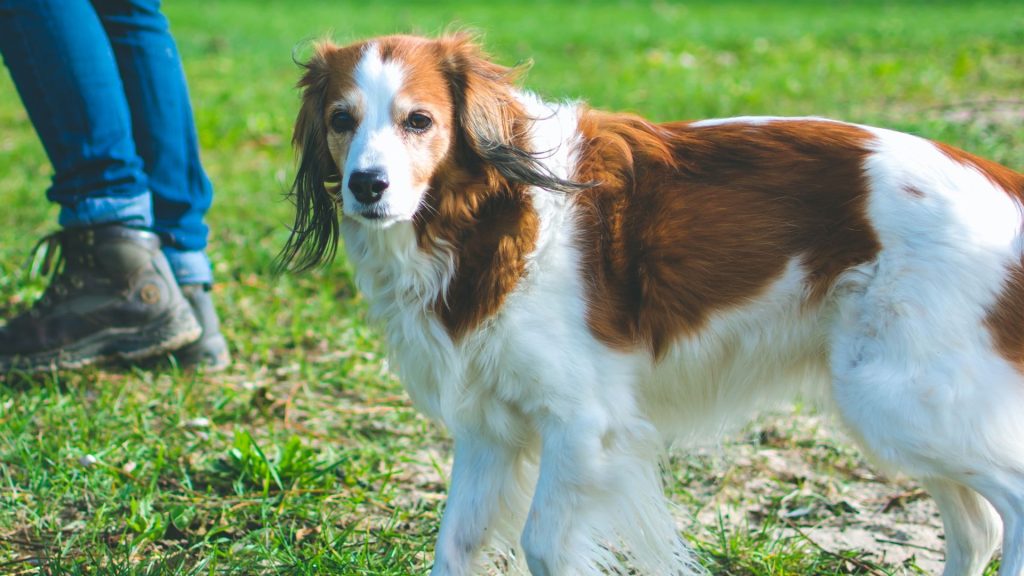
Physical Characteristics
Kooikerhondjes are small to medium-sized dogs, typically weighing between 20 to 30 pounds. They have a well-proportioned, athletic build with a distinctive, feathered tail that curls over their back. Their coat is medium-length, with a beautiful blend of white and orange-red patches. They have expressive eyes and ears with long, feathered hair, giving them an alert and friendly appearance.
Temperament and Behavior
Kooikerhondjes are known for their lively and affectionate nature. They are intelligent and eager to please, making them relatively easy to train. These dogs are also playful and energetic, enjoying activities that challenge both their mind and body. While they can be reserved with strangers, they are generally friendly and form strong bonds with their families.
Care and Training Needs
Kooikerhondjes require regular grooming to maintain their beautiful coat, including weekly brushing to prevent matting and tangles. They need daily exercise to keep them physically and mentally stimulated, such as walks, playtime, and interactive games. Training should be positive and consistent, using rewards and praise to reinforce good behavior. Early socialization is important to help them become well-adjusted and confident in various situations. This breed thrives in an environment where they receive plenty of attention and engagement from their owners.
Kishu Ken
The Kishu Ken originates from Japan and has a history that spans over a thousand years. This ancient breed was developed in the mountainous regions of Kishu (now Wakayama and Mie Prefectures) for hunting large game, such as boar and deer. The Kishu Ken remains relatively rare outside of Japan, where it is considered a national treasure.
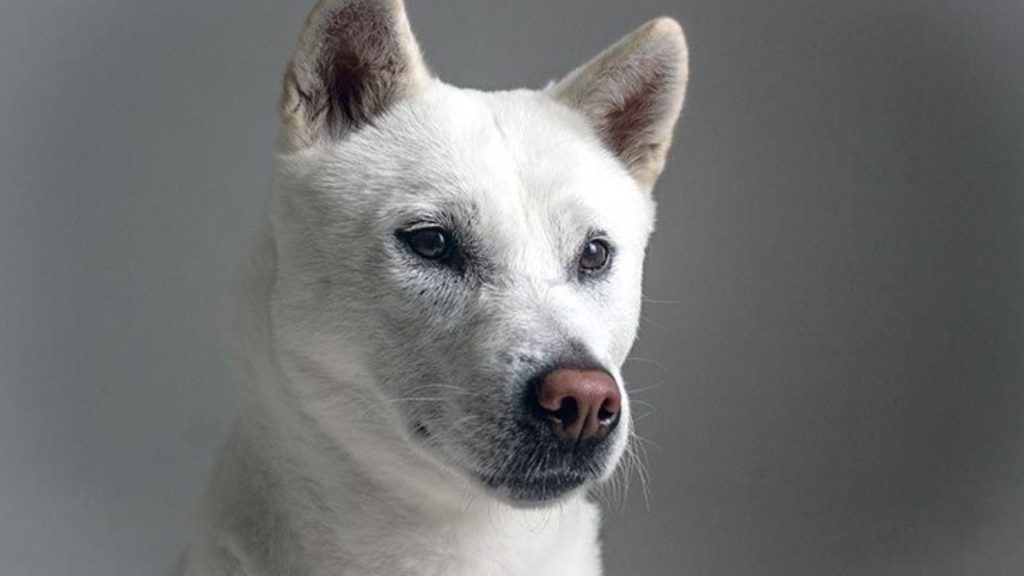
Physical Characteristics
Kishu Kens are medium-sized dogs, typically weighing between 30 to 60 pounds. They have a strong, athletic build and a short, dense coat that can be white, red, or brindle. Their ears are small and erect, and they have a curved tail that typically lies over their back. Their keen eyes and sharp features give them an alert and focused appearance.
Temperament and Behavior
Kishu Kens are known for their loyalty and bravery. They are intelligent and independent, traits that served them well in their hunting roles. While they are reserved with strangers, they are deeply affectionate and loyal to their families. They have a calm demeanor indoors but are energetic and agile when active, making them excellent companions for active owners.
Care and Training Needs
Kishu Kens require regular exercise to stay healthy and happy. They enjoy activities that challenge their agility and intelligence, such as hiking or advanced obedience training. Their short coat requires minimal grooming, typically a weekly brushing to remove loose hair. Training should be consistent and positive, focusing on rewards and praise to engage their intelligent nature. Early socialization is crucial to ensure they are well-adjusted and comfortable around different people and environments. Due to their hunting instincts, it’s important to supervise them around smaller animals.
Choosing the Right K Breed for You
Choosing the right dog breed requires careful consideration of several factors. Think about your living situation, activity level, and personal preferences. Consider the size of your home, whether you have a yard, and the amount of time you can dedicate to exercise and grooming. Each K breed has different needs, so it’s crucial to understand these before making a decision.
Matching Breed Characteristics to Your Lifestyle
Matching a breed’s characteristics to your lifestyle is key to a successful pet-owner relationship. For example, if you live in an apartment, a smaller, less active breed like the Keeshond might be a better fit. Keeshonds are friendly and adapt well to smaller spaces. Conversely, if you have a large yard and enjoy outdoor activities, a Kangal or Kuvasz could be ideal. These breeds need space to roam and plenty of physical activity. If you prefer a playful and energetic companion, consider the Kooikerhondje, known for its lively and affectionate nature.
Tips for First-Time Dog Owners
For first-time dog owners, choosing a breed that matches your experience level is essential. Start with a breed known for its friendly and trainable nature, like the Keeshond or Kooikerhondje. These breeds are easier to train and adapt well to family life. Ensure you are ready for the commitment of training, socializing, and exercising your new pet. Invest time in learning about your chosen breed’s specific needs and behaviors. Join local dog clubs or online forums to connect with other dog owners for support and advice.
In summary, choosing the right K breed involves assessing your lifestyle, understanding breed characteristics, and preparing for the responsibilities of dog ownership. With the right match, you can enjoy a rewarding and fulfilling relationship with your new furry friend.
Conclusion
In summary, understanding dog breeds starting with K is essential for choosing the right pet. We’ve explored various breeds, including their origins, characteristics, and care needs. By matching a breed’s traits to your lifestyle, you can ensure a harmonious relationship with your new dog.
Knowledge of breed-specific requirements helps in providing the best care and training. Choose a breed that fits your living situation and activity level. This informed decision will lead to a happy and healthy life for both you and your dog. Embrace the joy of having a well-suited canine companion.

Hello, I’m Donna Carter, the founder and writer behind PetFleck.com. My journey with dogs started years ago, and it’s been a passion that has only grown stronger over time. I’ve always been fascinated by the unique behaviors and characteristics of different dog breeds, and this curiosity has led me to dive deep into the world of canine studies.
My love for dogs is the driving force behind everything I do. I’ve dedicated countless hours to researching and understanding the nuances of dog care, training, and breed-specific traits. This dedication helps me create content that is not only informative but also genuinely helpful for fellow dog lovers and owners.
At PetFleck, I combine my extensive knowledge and hands-on experience with my passion for dogs to provide valuable insights and tips. Whether it’s exploring different breeds or offering practical advice on dog care, I aim to share knowledge that makes a real difference in the lives of dogs and their families.
I’m thrilled to share my love for dogs with you through my writing. I hope my articles inspire and inform, helping you to better understand and appreciate the incredible bond we share with our furry friends.
Thank you for visiting PetFleck.com, and I look forward to connecting with you through our shared love of dogs!
